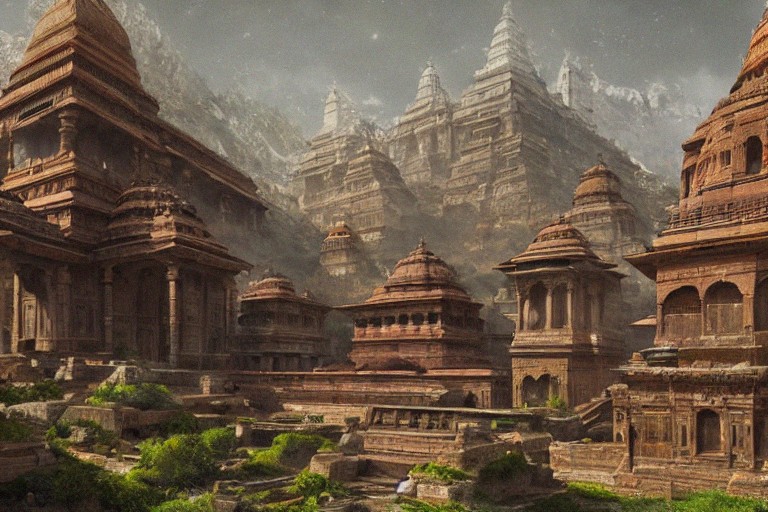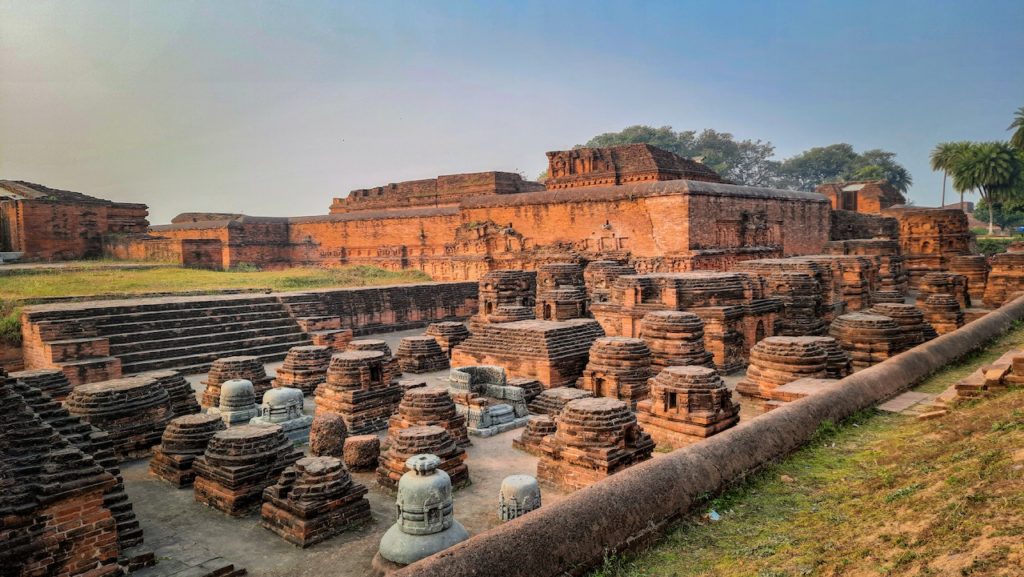Introduction:
Education has been an essential component of human civilization, and in ancient times, India had an extensive system of education that was diverse and dynamic. Ancient Indian universities were renowned for their high standards of education and served as centers of learning in various disciplines such as medicine, mathematics, philosophy, and astronomy. These universities were the hub of intellectual activity and were instrumental in shaping the cultural and intellectual landscape of India. This article aims to provide an overview of the legacy of ancient Indian universities, their features, and their impact on Indian civilization.
Features of Ancient Indian Universities:
The ancient Indian universities were known as “Mahaviharas” or “Nalanda,” “Vikramashila,” “Valabhi,” and “Taxila.” These universities were not just institutions of higher learning but also centers of spiritual and cultural life. They were often associated with temples and had a unique combination of secular and spiritual education.
The curriculum of these universities was comprehensive and included subjects such as mathematics, astronomy, medicine, philosophy, literature, music, dance, and architecture. The teaching methodology was based on discussions, debates, and lectures. The students were encouraged to participate in discussions and share their views on the subjects taught. The universities had a rich library that housed a vast collection of books and manuscripts. Students were encouraged to learn multiple languages, including Sanskrit, Pali, and Prakrit, to access these resources.
The system of education was hierarchical and catered to students of different levels of proficiency. The universities had a system of entrance exams, and the students were classified based on their performance. The students who excelled in their studies were awarded scholarships, and some universities offered free education to students from economically weaker sections of society.
Impact of Ancient Indian Universities:
The ancient Indian universities had a significant impact on the intellectual, cultural, and social landscape of India. The universities were instrumental in preserving and transmitting knowledge from one generation to the other. They contributed to the development of various fields of study, such as mathematics, astronomy, medicine, and philosophy. The famous mathematician Aryabhata, the physician Charaka, and the philosopher Nagarjuna were products of these universities.
The universities also played a significant role in promoting international relations. Students from different parts of the world came to study in India, and the universities were centers of cultural exchange. The universities played a crucial role in spreading Indian culture and philosophy to Southeast Asia and other parts of the world.
The Decline of Ancient Indian Universities:
The ancient Indian universities flourished between the 5th and 12th centuries, but over time, they declined and eventually disappeared. There were several reasons for the decline of these universities, such as invasions, political instability, and lack of patronage. The destruction of the famous Nalanda University by the Turkish invader Bakhtiyar Khilji in the 12th century is considered a significant blow to the ancient Indian system of education.
Conclusion:
The legacy of ancient Indian universities has left an indelible mark on the cultural and intellectual landscape of India. These universities were instrumental in shaping the intellectual and cultural history of India and contributed to the development of various fields of study. The comprehensive curriculum, the teaching methodology, and the rich library resources provided by these universities are still a source of inspiration for modern educational institutions. The decline of these universities was a significant loss to the Indian system of education, but their legacy lives on in the form of their students, who went on to become great scholars, philosophers, and scientists.
Bibliography:
- Basham, A. L. (1961). The Wonder That Was India. New York: Grove Press.
- Singh, U. (2016). Ancient Indian Education: Brahmanical and Buddhist. New Delhi: Routledge India.

